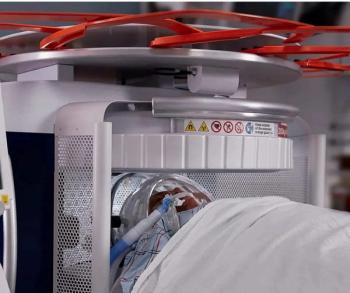
18F-FDG PET May Predict Cervical Spinal Cord Compression Outcome
Clinicians using 18F-FDG PET on patients with cervical spinal cord compression may be able to predict an improved outcome after surgical decompression.
Imaging with 18F-FDG PET may predict outcomes for patients with degenerative cervical myelopathy, according to a study published in
Researchers in Germany prospectively assessed regional changes in glucose metabolism in the cervical spinal cord using 18F-FDG PET in 20 patients with symptomatic degenerative monosegmental cervical stenosis who underwent decompressive surgery.
“To date, experiences with 18F-FDG PET in symptomatic patients with degenerative cervical spine stenosis and consecutive compressive myelopathy are very limited,” said one of the lead researchers, Norbert Galldicks, MD, in a release. "In the present study, we present the results of preoperative magnetic resonance imaging and 18F-FDG PET imaging and postoperative follow-up imaging 12 months after decompressive surgery. Imaging findings were correlated with the clinical outcome."
The researchers assessed patient functional status score, 18F-FDG uptake, and MR imaging changes pre- and postoperatively. The results showed that preoperatively, 10 patients had increased 18F-FDG uptake at the site of the spinal cord compression and were classified as myelopathy type 1.
The remaining patients had inconspicuous 18F-FDG uptake and were classified as myelopathy type 2. Postoperatively, those with myelopathy type 1 had a marked decrease in 18F-FDG uptake, but type 2 patients only demonstrated a moderate decline.
The researchers concluded that the focal glucose hypermetabolism at the level of cervical spinal cord compression may predict an improved outcome after surgical decompression.
Newsletter
Stay at the forefront of radiology with the Diagnostic Imaging newsletter, delivering the latest news, clinical insights, and imaging advancements for today’s radiologists.

























